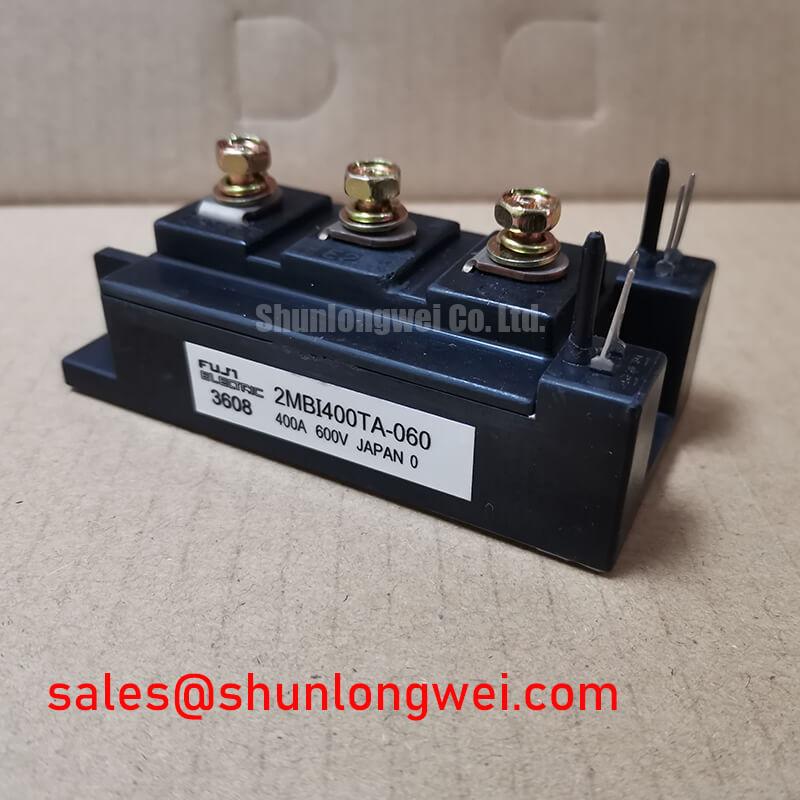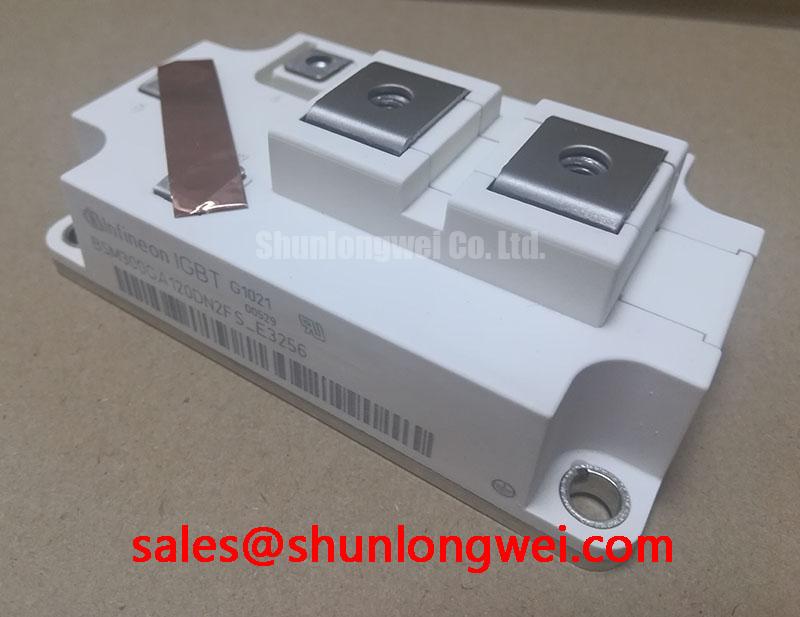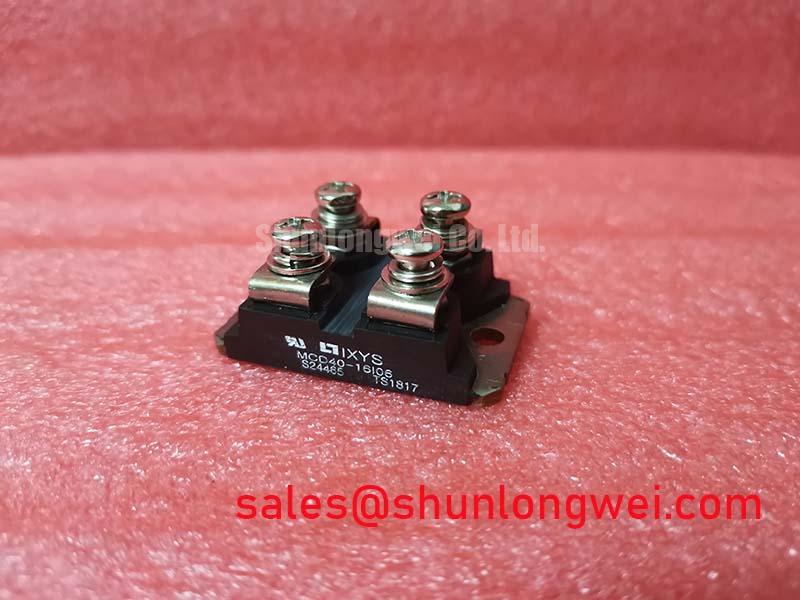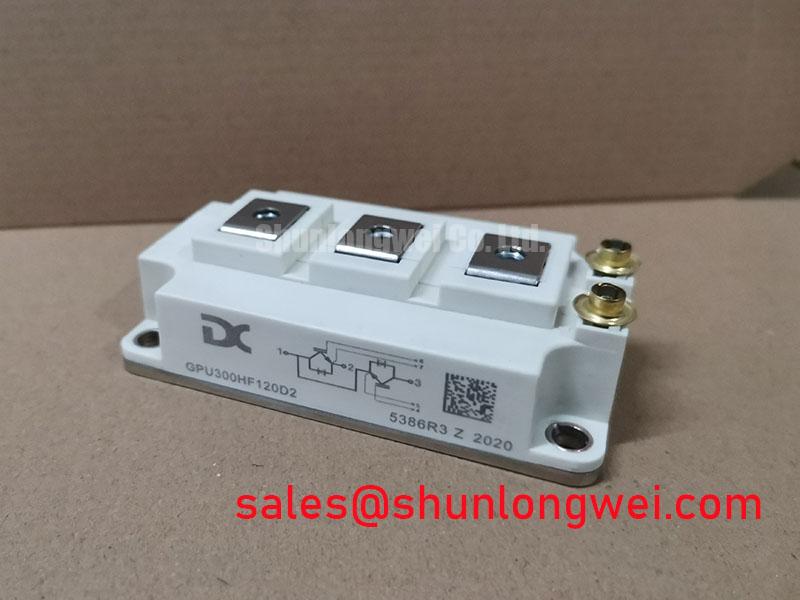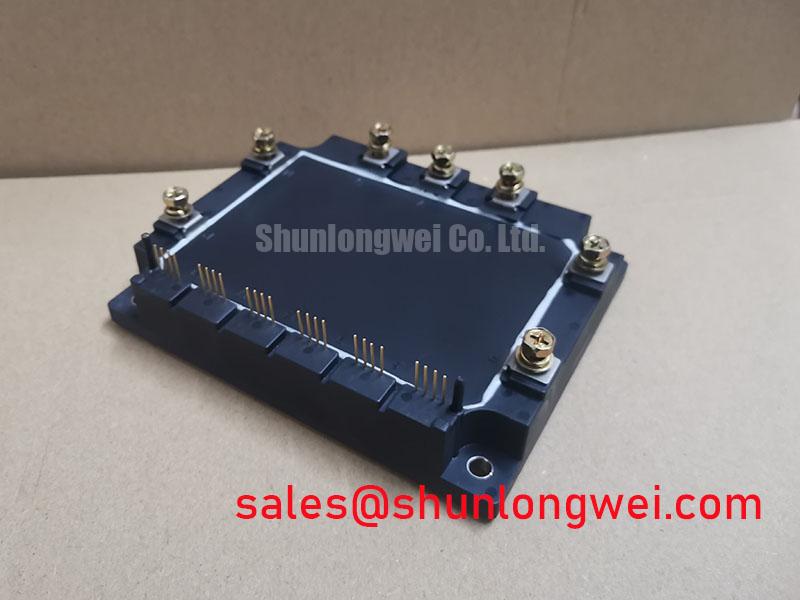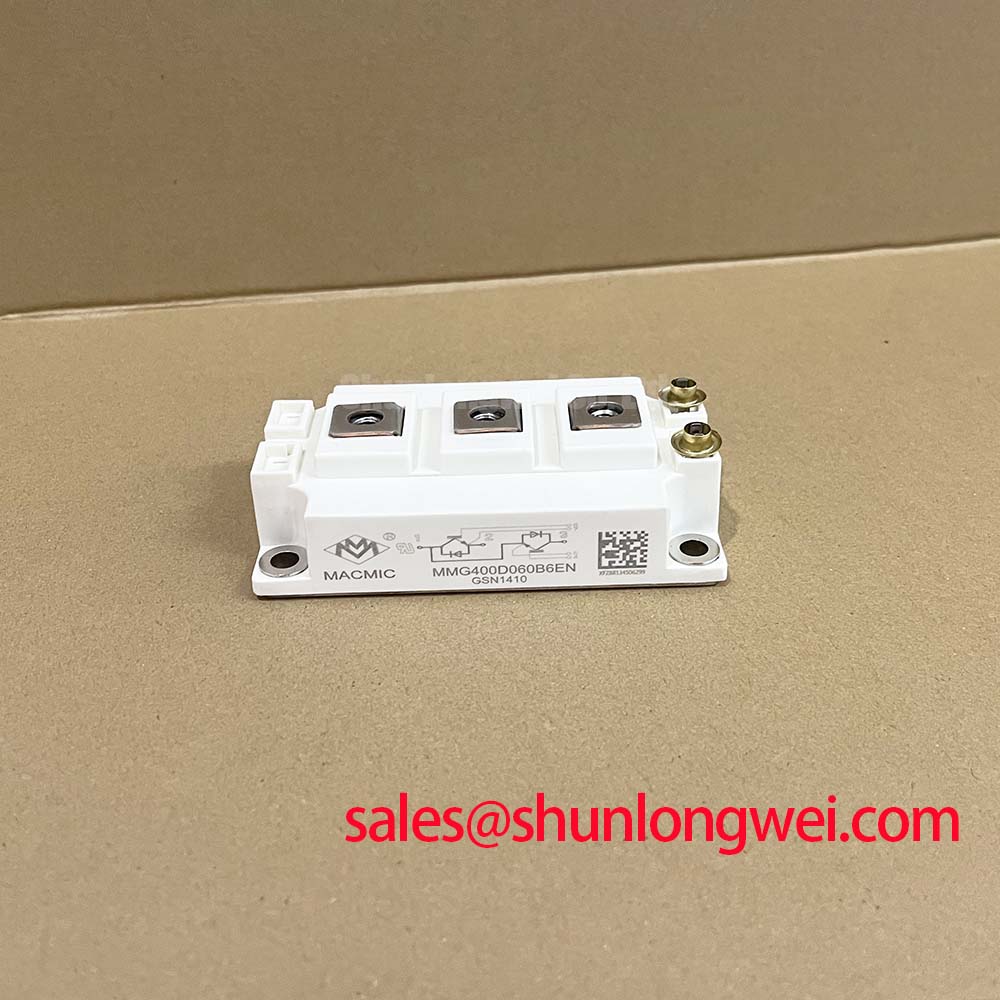DMF50260NFU-FW-21: Technical Review of the 240x64 Graphic LCD for Industrial HMI Design
Introduction and Key Highlights
Streamlining human-machine interface design, the DMF50260NFU-FW-21 integrates a powerful controller to simplify MPU interfacing and accelerate development. This monochrome graphic display module provides a clear, wide-format visual output tailored for focused industrial and medical applications. Key specifications include: 240x64 Dot Resolution | FSTN Display Technology | Integrated T6963C Controller. The primary engineering benefits are significantly reduced software overhead on the host processor and excellent, high-contrast readability. By offloading display memory management to its onboard controller, this module directly answers the challenge of implementing graphical displays without complex firmware rewrites. For industrial control panels requiring a robust, wide-format monochrome display with a proven interface, the DMF50260NFU-FW-21 is a definitive and reliable choice.
Key Parameter Overview
Decoding the Specs for Simplified System Integration
The technical specifications of the DMF50260NFU-FW-21 are optimized for straightforward integration into a wide range of embedded systems. The following table highlights the critical parameters that enable its performance and ease of use.
| Parameter | Specification | Engineering Significance |
|---|---|---|
| Display Technology | FSTN (Film compensated Super-Twisted Nematic) | Provides superior contrast and a wider viewing cone compared to standard STN, ensuring clear readability for operators. |
| Resolution | 240 x 64 dots | Offers a wide aspect ratio suitable for displaying multiple lines of text, status icons, and simple graphical data simultaneously. |
| Onboard Controller | Toshiba T6963C or Equivalent | Manages all display functions, including text and graphic modes, significantly simplifying the MPU/MCU interface and firmware development. |
| Active Area | 115.17 (W) x 30.69 (H) mm | Defines the usable screen real estate for interface design. |
| Backlight | CCFL (Cold Cathode Fluorescent Lamp) | Delivers bright and uniform illumination across the display area. Features a replaceable lamp for extended service life. |
| Interface | 8-bit Parallel | Enables a standard, widely-supported connection method to most microcontrollers and processors. |
| Supply Voltage (Logic) | +5.0V | Operates on a common logic level, simplifying power supply design. |
| Operating Temperature | -10°C to +60°C | Suitable for deployment in a majority of indoor industrial control room and commercial environments. |
Application Scenarios & Value
Achieving System-Level Benefits in Industrial and Medical HMIs
The DMF50260NFU-FW-21 is engineered to deliver clarity and reliability in applications where precise data presentation is critical. Its architecture provides tangible value in both new designs and legacy system upgrades.
- Industrial Control Panels: In environments like factory automation and process control, this display can function as a primary HMI (Human-Machine Interface). The 240x64 resolution is ideal for showing system status, diagnostic menus, and soft key labels without the cost and complexity of a full-color TFT-LCD.
- Medical Monitoring Equipment: Devices such as infusion pumps and patient monitors benefit from the display's high-contrast FSTN screen, ensuring that vital signs and dosage information are legible from various angles. Its proven reliability is essential in these environments.
- Test and Measurement Instruments: For oscilloscopes, signal generators, and network analyzers, the module can display waveforms and measurement data with excellent sharpness. The integrated controller simplifies the process of rendering these simple graphics.
A key engineering scenario where the DMF50260NFU-FW-21 excels is in legacy system maintenance and upgrades. Consider an engineer tasked with modernizing a machine controller that uses an older character-based display. The primary challenge is adding graphical capabilities without a costly redesign of the main processor board or a complete firmware rewrite. The DMF50260NFU-FW-21's integrated T6963C controller is the solution. Because the controller handles the display RAM and character generation, the existing MPU/MCU interface can communicate via a simple set of commands rather than managing a raw pixel buffer. This dramatically reduces development time and allows the engineer to deliver enhanced functionality while preserving the core system architecture.
Frequently Asked Questions (FAQ)
Engineering-Focused Queries on the DMF50260NFU-FW-21
What is the primary advantage of the integrated Toshiba T6963C controller in the DMF50260NFU-FW-21?
The T6963C controller is a significant benefit because it creates an abstraction layer between the host MPU and the display. It manages the frame buffer, character ROM, and graphic drawing functions internally. This offloads processing from the main system CPU, simplifying firmware and freeing up resources for core application tasks.
Does the CCFL backlight have a limited lifespan and is it replaceable?
Yes, like all CCFLs, the backlight has a finite operational life, typically rated in tens of thousands of hours. A key design feature of this module is that the CCFL lamp is specified as a replaceable part (F-51332), which is crucial for extending the service life of the end-product, a major factor in the total cost of ownership for industrial equipment.
How does the FSTN display technology benefit readability in an industrial environment?
FSTN (Film compensated Super-Twisted Nematic) technology provides a higher level of optical performance than older STN displays. It produces a sharper image with a higher contrast ratio (a more distinct difference between the black pixels and the white background) and wider, more consistent viewing angles. This ensures that operators can read the display clearly without being positioned directly in front of it.
Technical Deep Dive
A Closer Look at the MPU Interface and Controller Integration
The engineering value of the DMF50260NFU-FW-21 is deeply rooted in its simplified approach to system integration, centered around the T6963C controller. This component acts as a dedicated graphics co-processor for the main MPU. Instead of the host system having to micromanage every pixel, it sends high-level commands over the 8-bit parallel bus. This command set includes instructions to set cursor position, define text or graphic areas, write character data, and clear sections of the screen.
This architecture provides a distinct advantage. The host processor is freed from the computationally intensive task of constantly refreshing the display. Think of it this way: the T6963C is a specialized subordinate that understands "display language." The main MPU, acting as the manager, simply issues directives like "display this alarm message" or "draw this status bar," and the controller handles the precise, low-level execution. This efficient division of labor keeps the primary MPU available for time-critical control or measurement tasks, improving overall system responsiveness and predictability. Power design considerations include a standard +5V for logic and a dedicated high-voltage AC inverter to drive the CCFL backlight, which must be accounted for during system layout.
A Strategic Component for Long-Term Product Support
Modules like the DMF50260NFU-FW-21 represent a strategic choice for equipment manufacturers. Their use of standardized controllers and interfaces ensures a stable and well-understood platform, crucial for products with lifecycles spanning a decade or more. Investing in such proven components minimizes the risks associated with supply chain volatility and simplifies long-term service and support strategies, ensuring that critical industrial and medical equipment remains operational and effective for its full intended lifespan.











